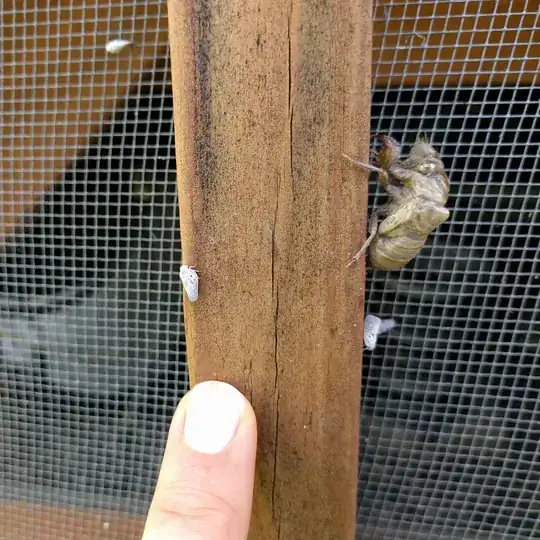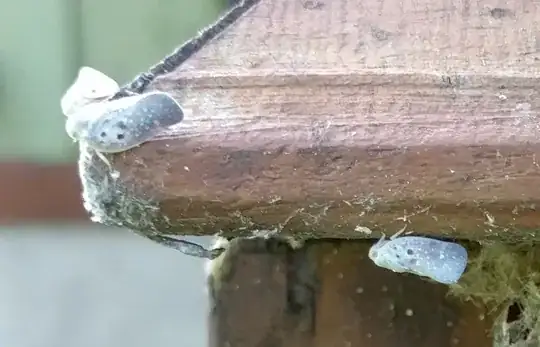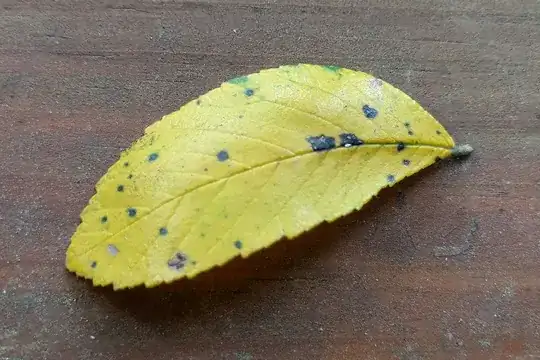It's the dog days of summer in Central Texas, and for the last few weeks I've noticed a lot of these tiny, winged creatures in my back yard (disregard the cicada shell at top right):
They seem to be everywhere, seeking shelter in shady areas such as the bottom side of leaves, blades of grass, and under awnings or overhangs.
What are they? Are they doing damage to my lawn or trees? If so, how do I control them?
Incidentally, some of the leaves on my trees are already yellowing and falling even though we're still in the middle of summer. I can't be sure, but I suspect that these insects are at least partially responsible, as they appear to be more concentrated on yellowing leaves that haven't yet fallen. Here's an example of a yellow, damaged leaf that I picked up off the ground (from a common Cedar Elm):
I'll post a separate question about the leaves if it seems unrelated.




